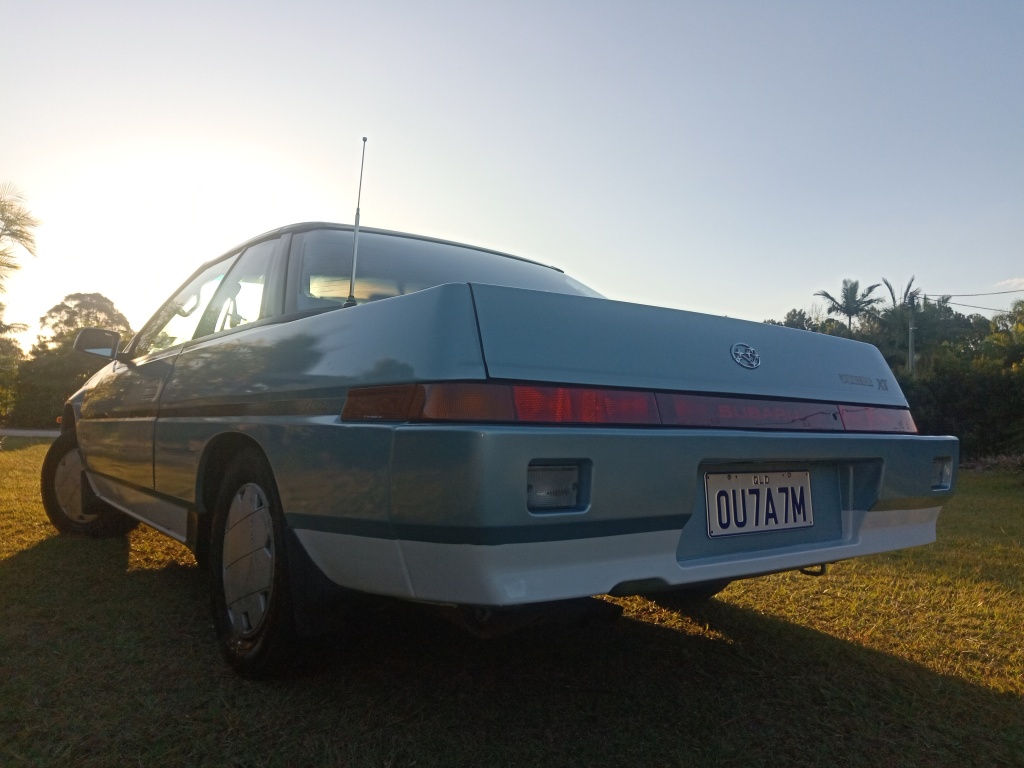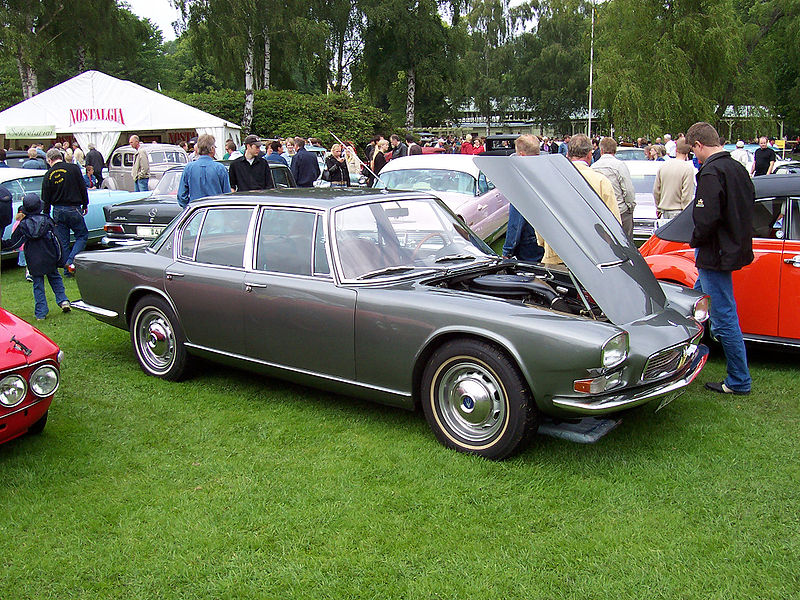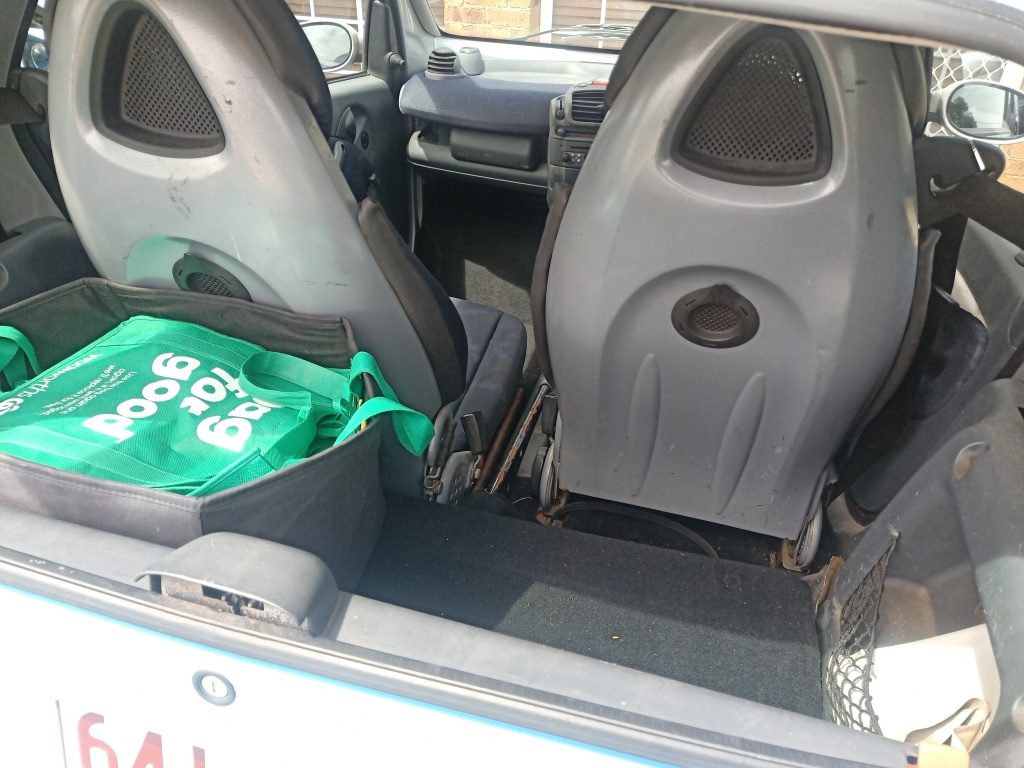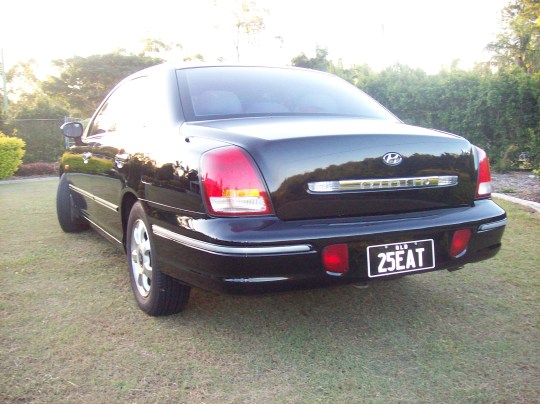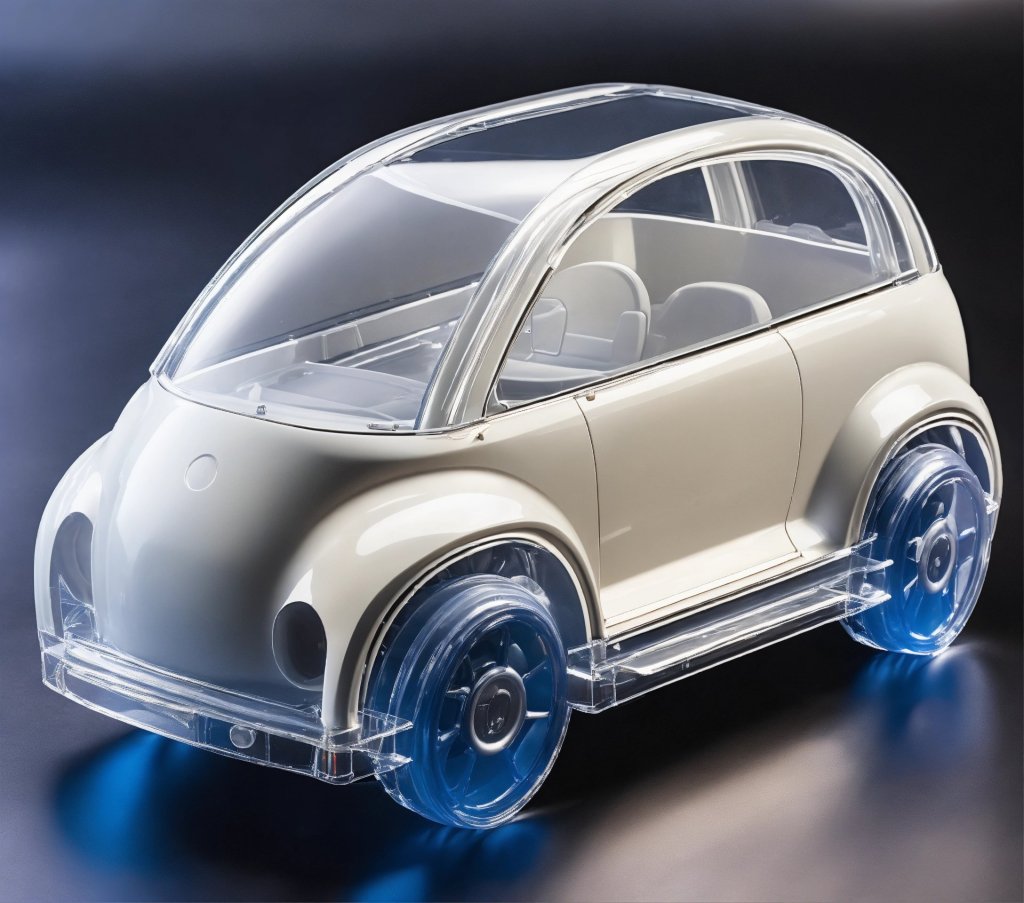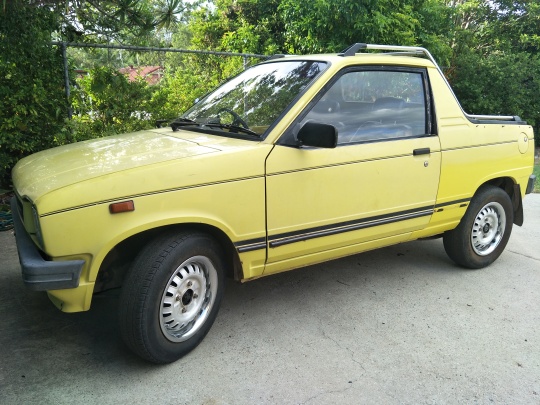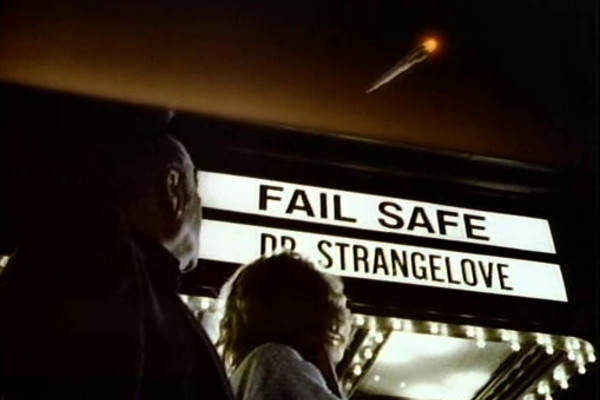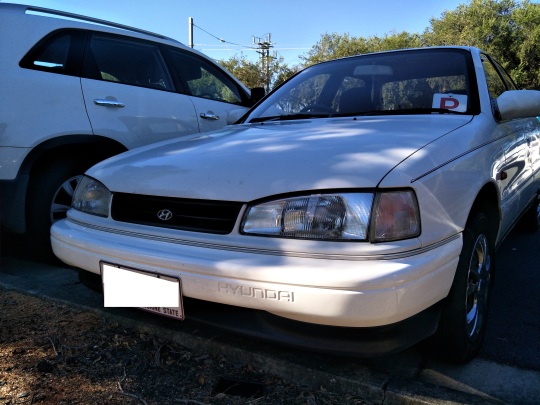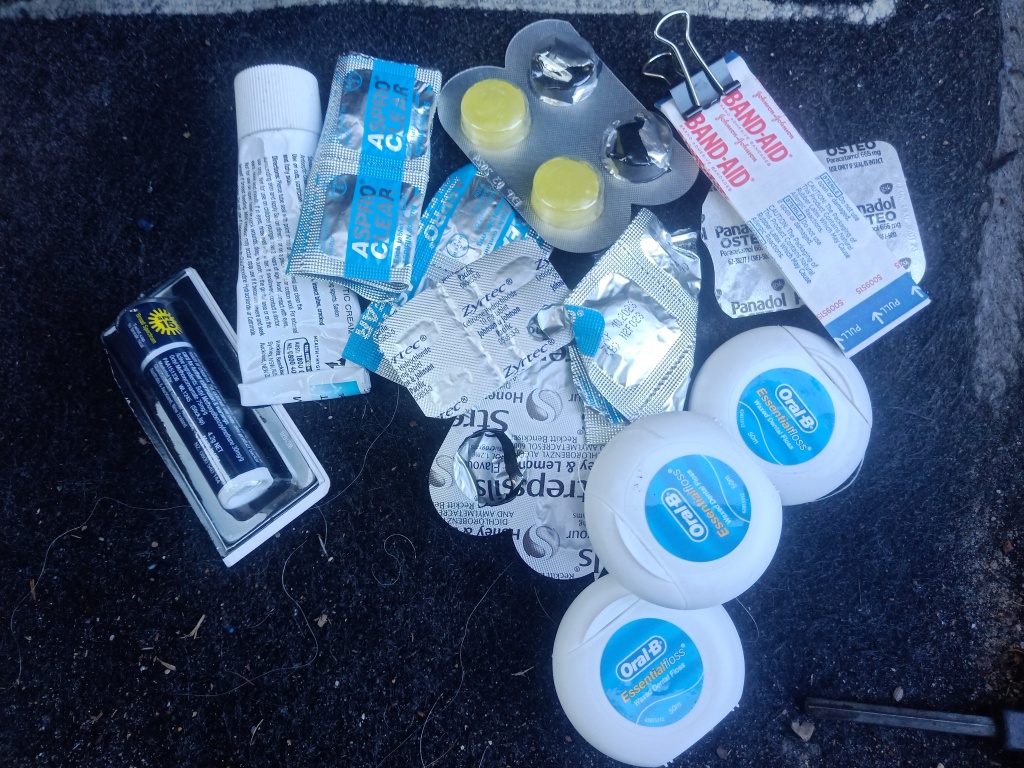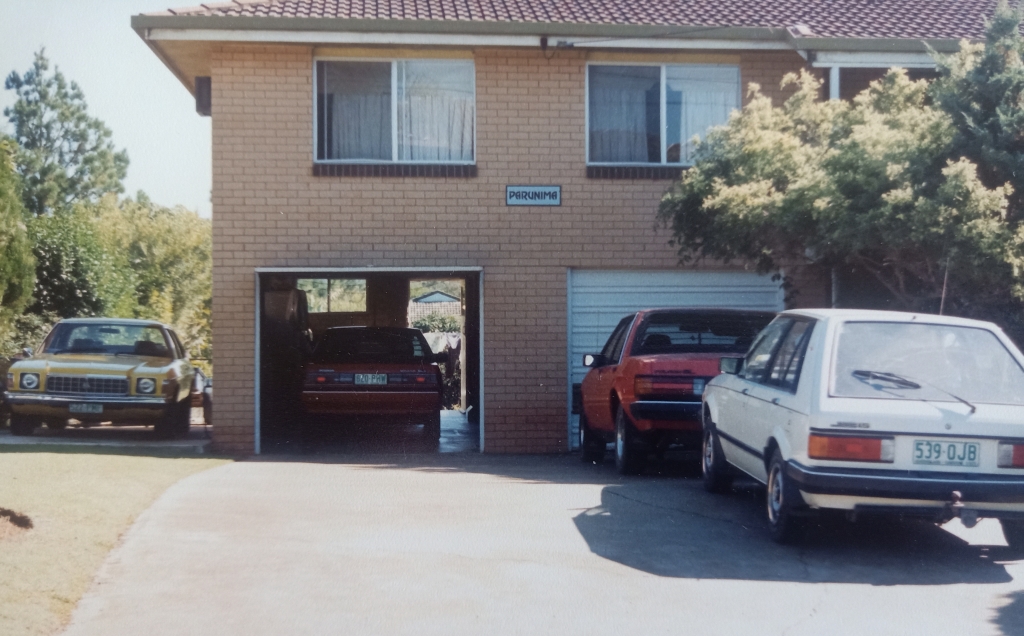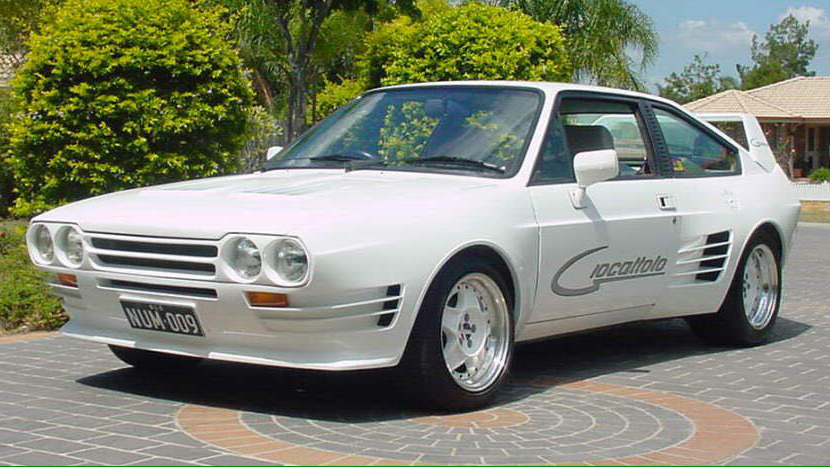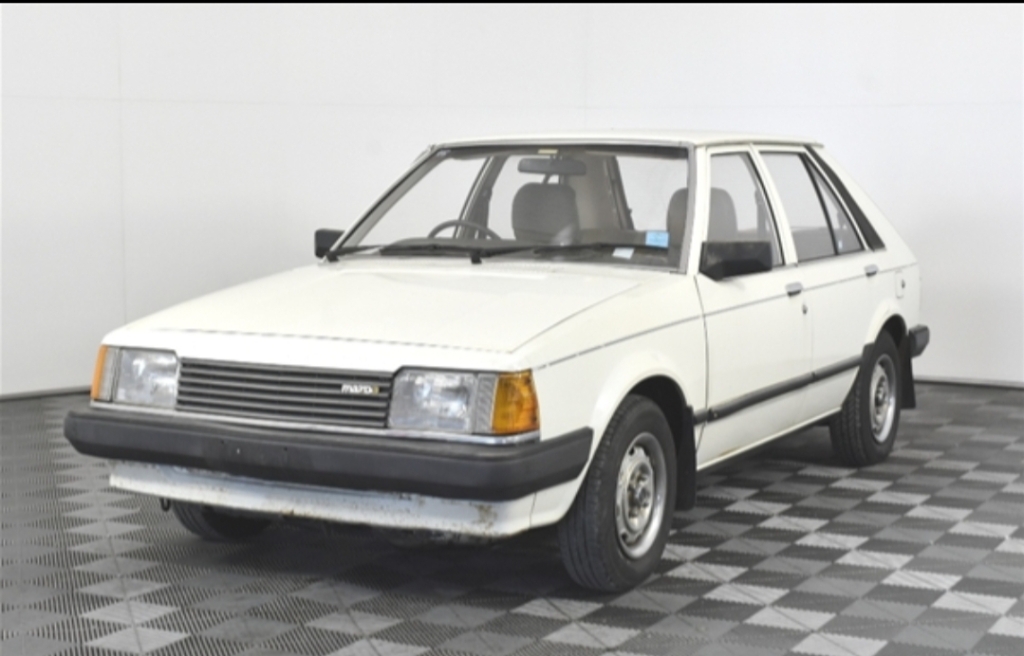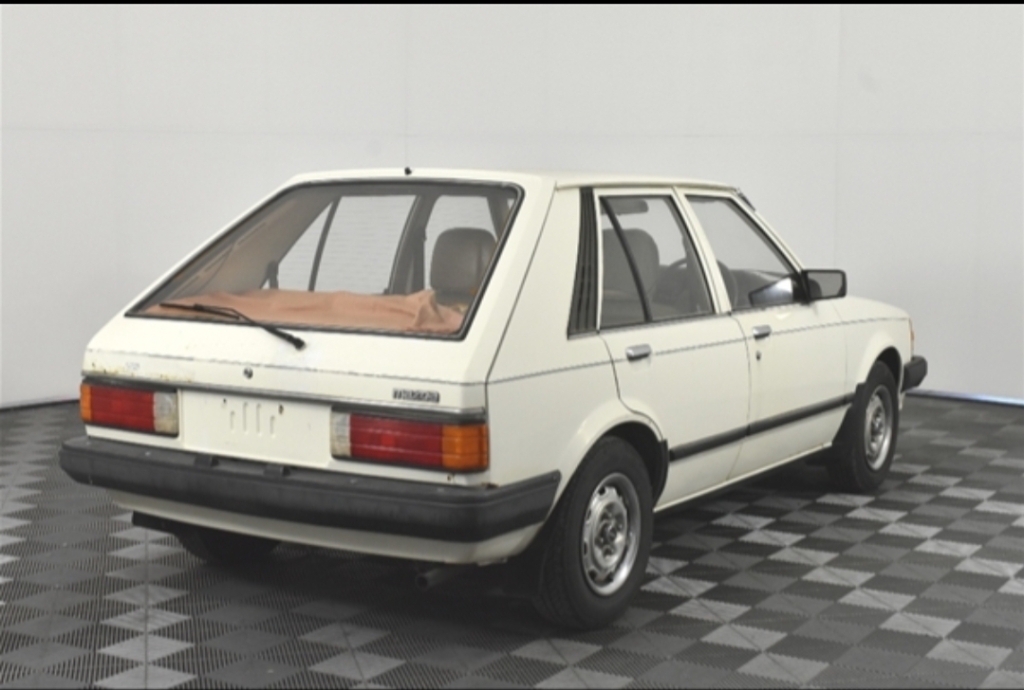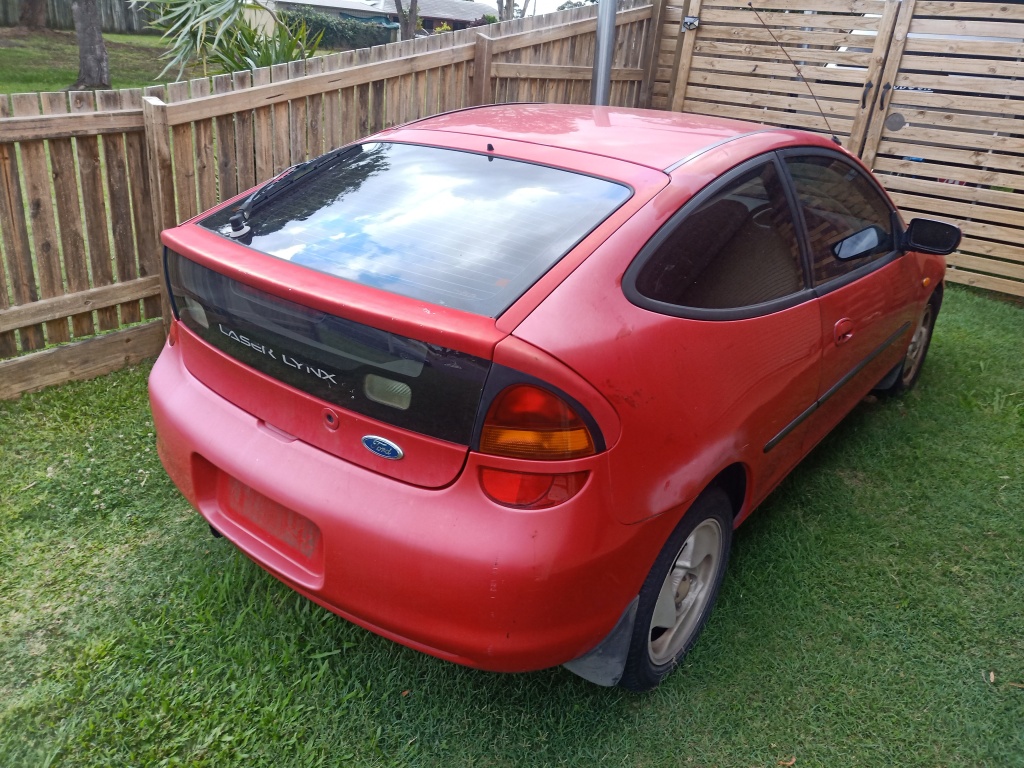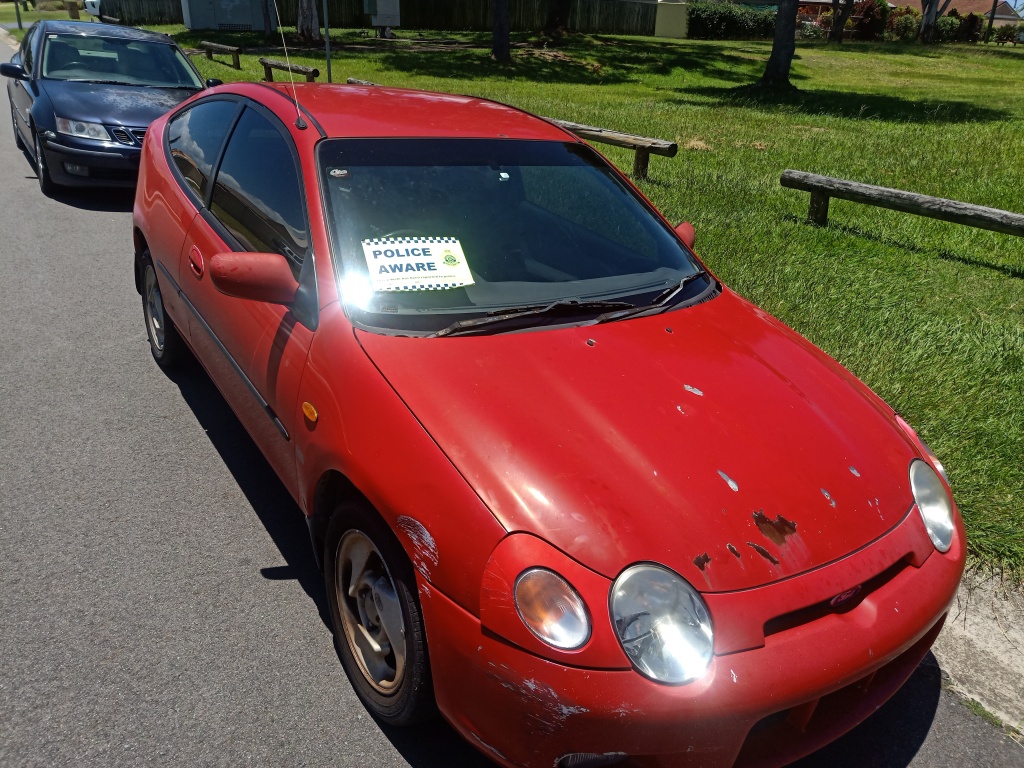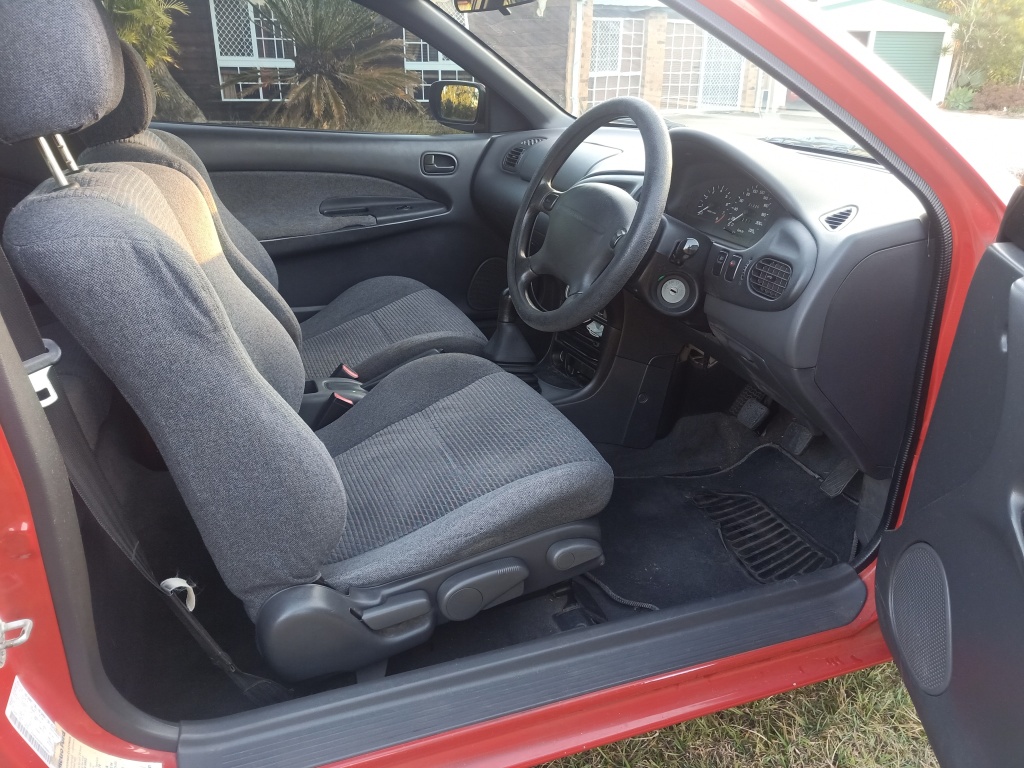Stalking the indicator stalk
Forget putting your hand out the car window, when turning or stopping. That’s so 19th century. Hey, here’s Carl Benz’s carrier pigeon – go hang out with him and compare hand signals. Just bear in mind, you might want to actually have a window (or even a roof) on your car, first.
Electric turn signals on cars date back to the first few years of the 20th century, with a US patent filed in 1907 for illuminated “stop” and “turn” hand shapes. It would take a decade or two for indicators to be factory-fitted, and co-founder of The Autopian website, Jason Torchinsky, has written about which car had the first modern-style turn signals (and it wasn’t Buick).
Pretend-hands-as-turn-signals survived for some time. My dad used to drive tour buses, and as a child I’d go to the bus depot and sit in the driver’s seat of a coach, pulling a lever to raise a yellow plastic hand out of the driver’s side of the bus, used for safe turns across traffic. I don’t have any photo handy, but here’s how AI image generator Lexica imagined my instructions:

The plastic AI hand is a bit puffy, but it is yellow and extending outside of the bus.
Where is the Corona’s stalk?
Recently I’ve been thinking about the interior operation of turn signals/indicators/blinkers, after seeing an Instagram post by @garage_of_awesome writer Dave Carey. It featured 60s Toyota Coronas in all their “shovel nose” glory:
The post prompted me to remember the 60s Corona my dad bought around 1980 – the car I learned to drive in, at around 11 or 12, at the local showgrounds. Apart from unusual features like a front bench seat that wasn’t factory (or even Toyota) and a column gearshift you used like a horizontal Jenga game, the indicator “stalk” wasn’t a stalk at all – it was the horn rim on the steering wheel.
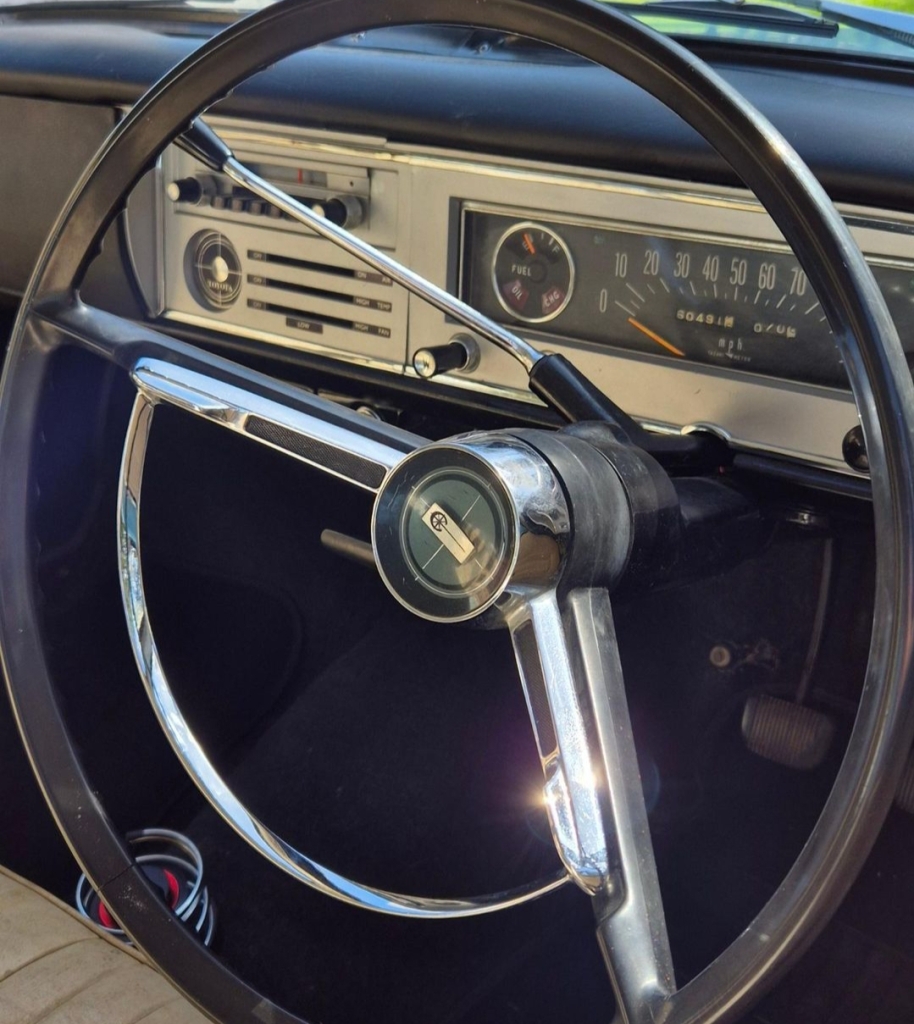
You swivelled the thick, horizontal part of the rim up or down, depending on whether you were indicating left or right. And going ‘up’ or ‘down’ depended on which side of the wheel you were grasping. On activation, there would be a delay and a quiet creaking noise as perhaps a bimetallic strip in the dash heated up to break a lighting circuit.
Dave tells a great story about noticing the lack of an indicator stalk on a Corona, and figuring out where it hid. And as he points out, it wasn’t the only car to have this horn rim indicator function.
Where is the Prefect’s stalk?
In the late 80s, a friend of my dad bought a 50s Ford Prefect off an old lady, who lived locally. He began to daily drive it, and one day while visiting our home he told me I could have a drive. I jumped at the chance, and after a bit of instruction on how to start it (pull a handle under the dash) I took off around the block.
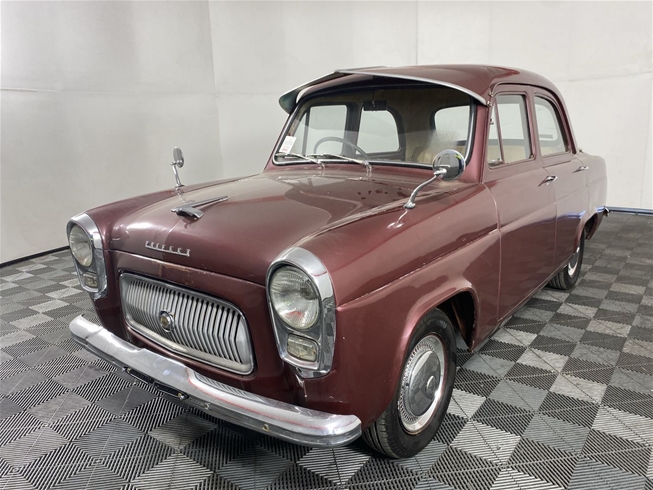
The Prefect drove as slowly and stodgily as you’d expect, but it was fun to be transported back 3 decades. When it came time to turn the corner, I’d been warned where to find the indicator:
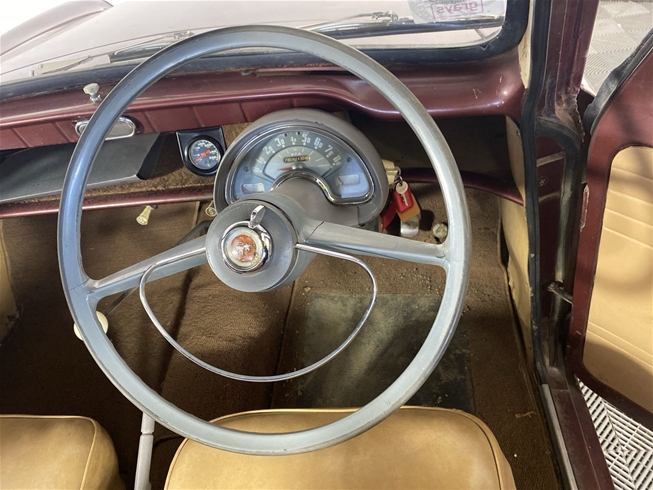
See that little chrome wing in the middle of the steering wheel? That’s pushed a little to either side to activate the indicators. I don’t recall whether the indicator then self-cancelled, or kept on blinking. I should have told Keith I wanted to buy his car when he was finished with it. I’ve no idea what happened to it.
Where is the Magna’s stalk?
1985 was the year my parents traded in their 70s Ford Falcon wagon for a new TM Mitsubishi Magna sedan. To me, it had a striking wedge shape and was the future – even if it was only the base model GLX. I got to drive it before buying my first car.
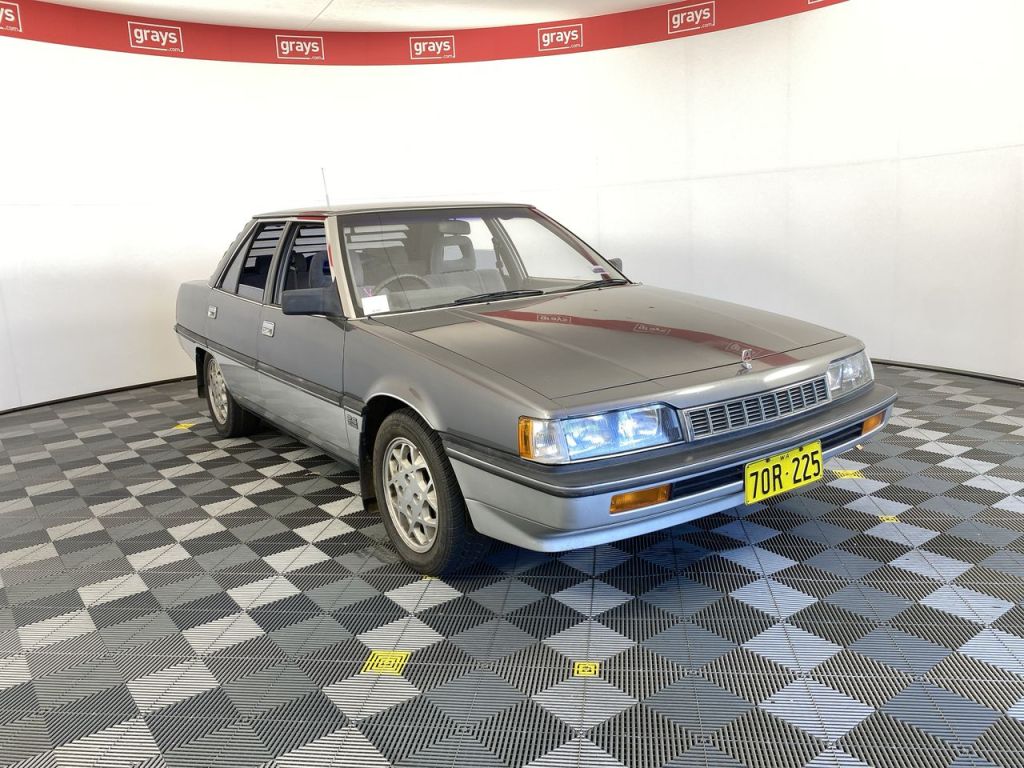
It was very conventional, but as you went higher up the spec list, things got strange for the Magna indicator stalk. This started with the SE, but the Elite had both a digital dash and this indicator arrangement:
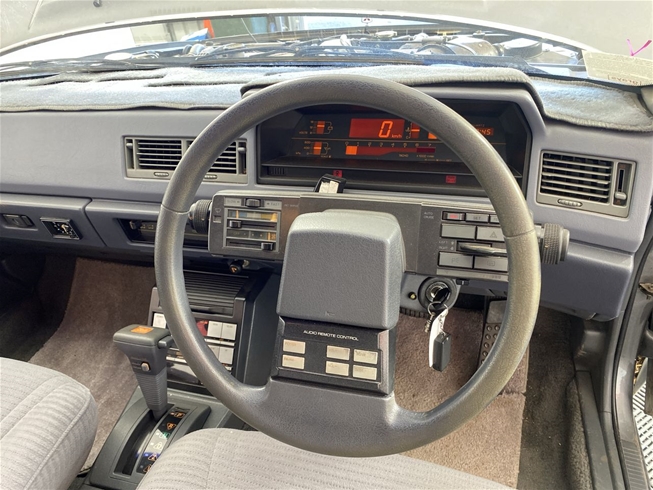
That tab poking towards the driver on the right ‘wing’ behind the steering wheel, below the hazard light button, has control of the indicator – flick it up for left, and down for right.
I’ve never had the (presumed) pleasure of driving a Magna Elite – but if (when) I do, I’ll know how to indicate.
Where is the VW stalk?
In 2023, VW was making news for wanting to do away with indicator stalks altogether. They had plans to put the turn signal controls on the outer rim of the car’s steering wheel, along with other features like cruise. You’d be pressing buttons with your pointed finger, to activate the indicator – so, we’re basically back to hand signals again!
